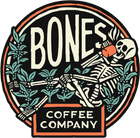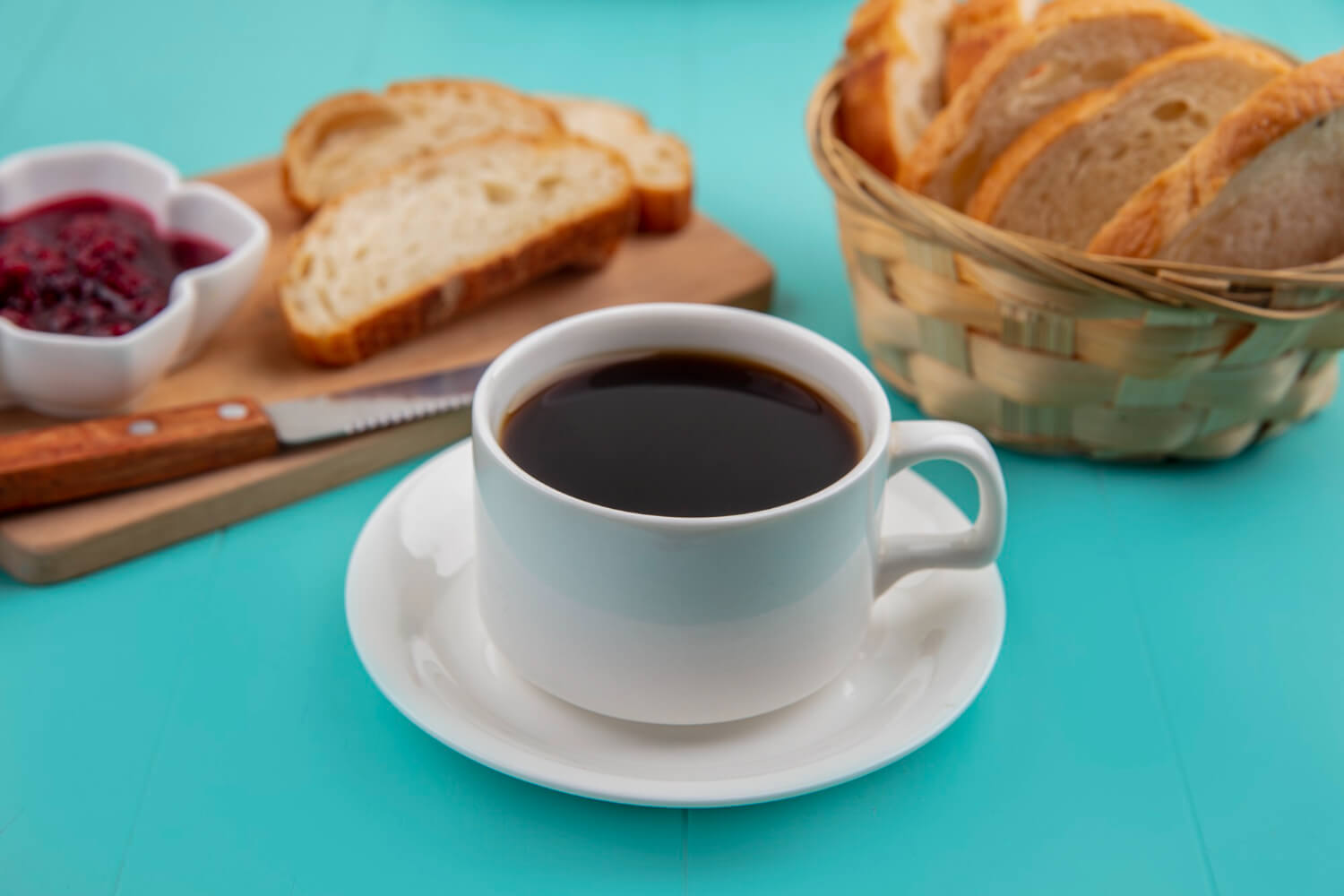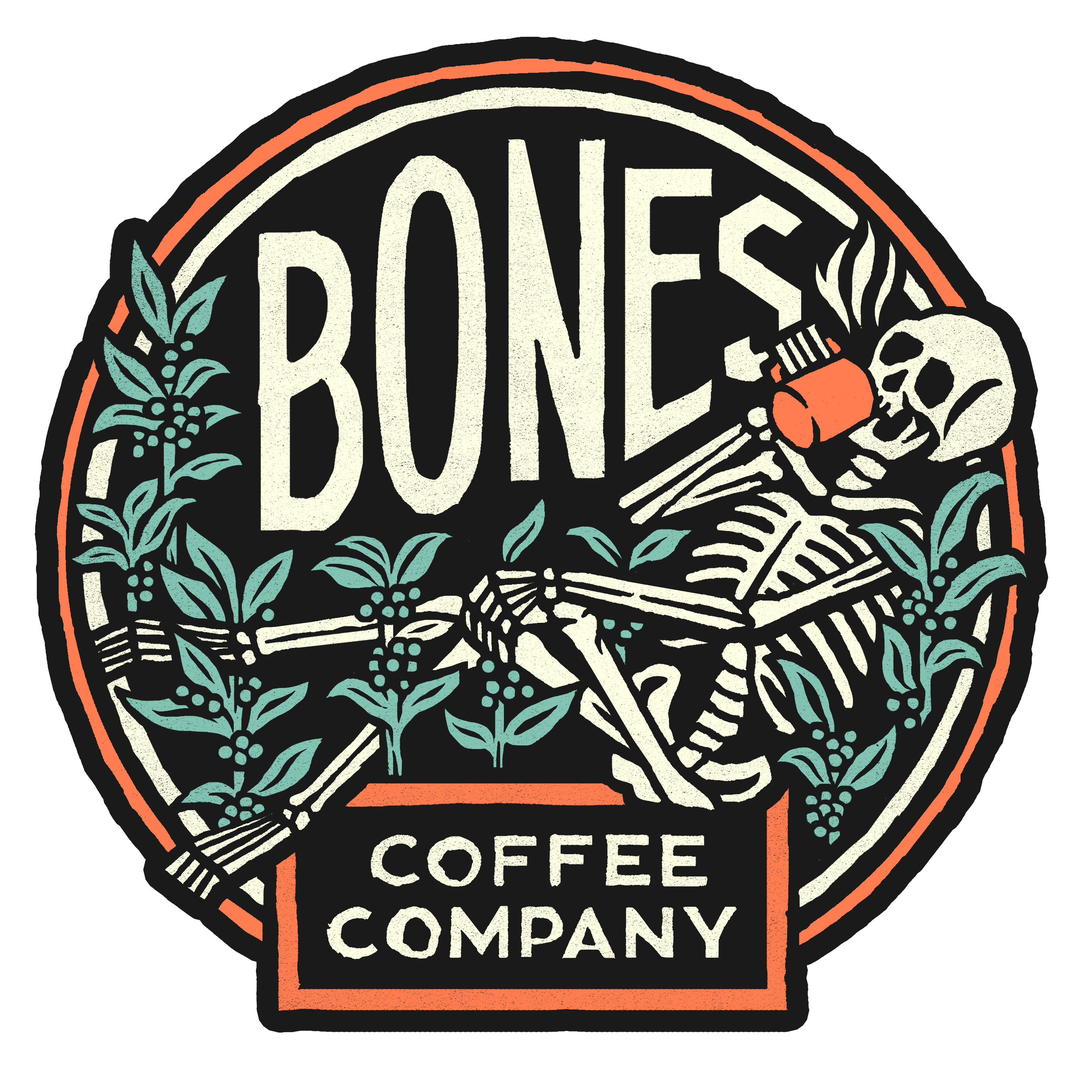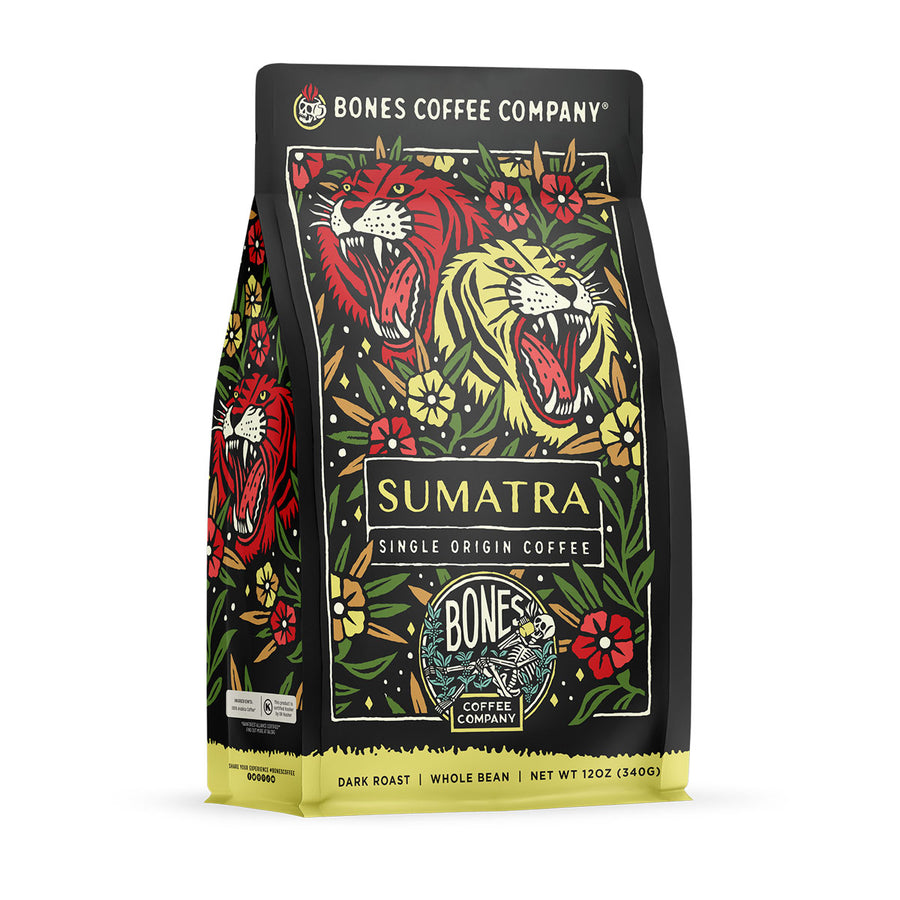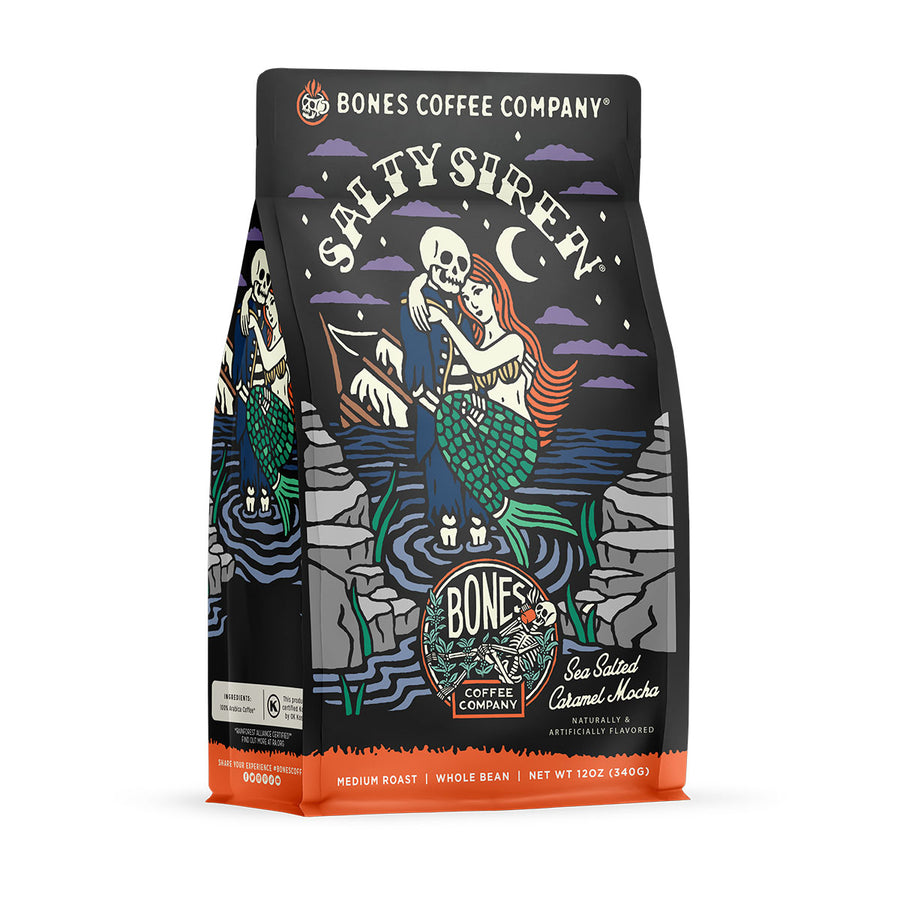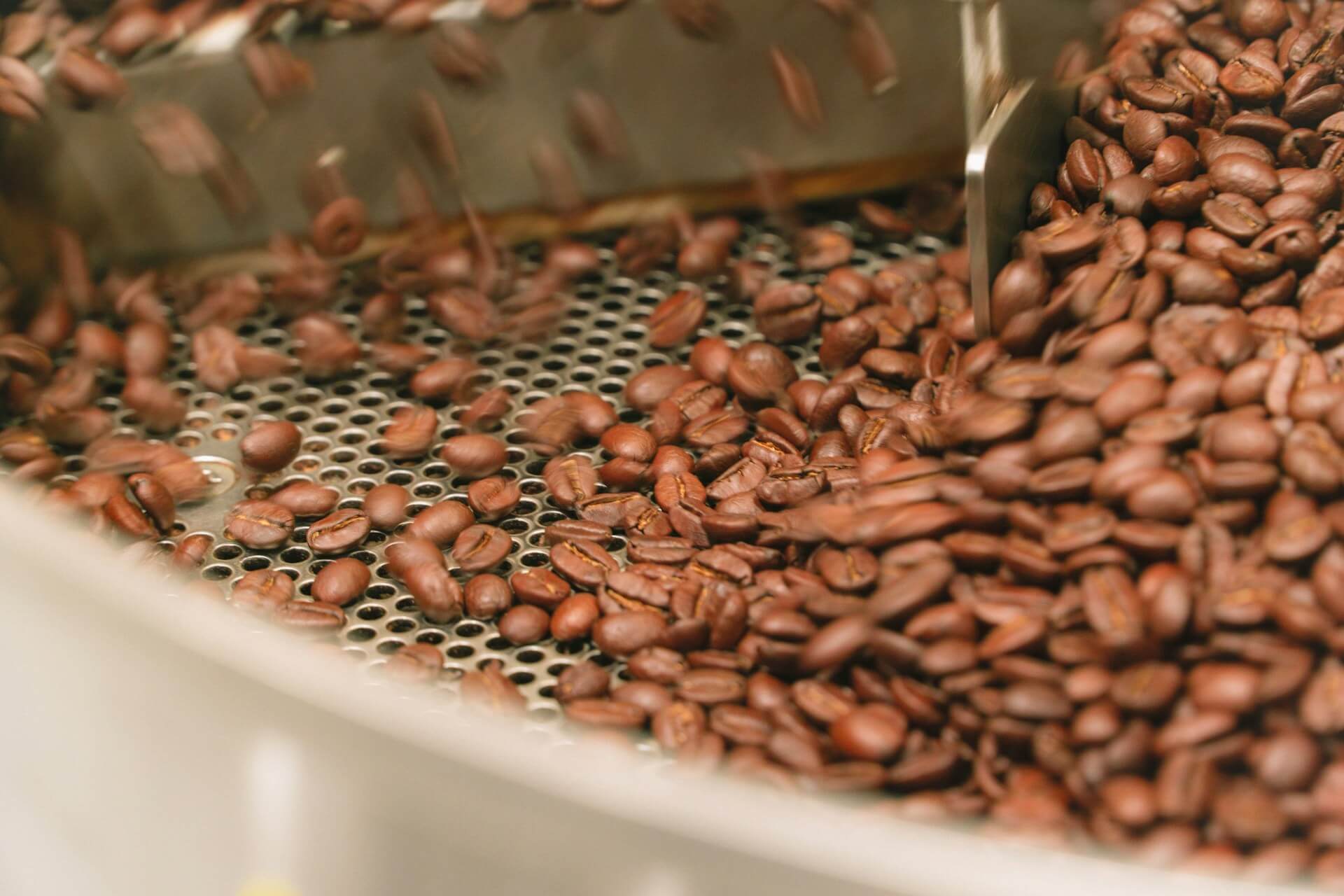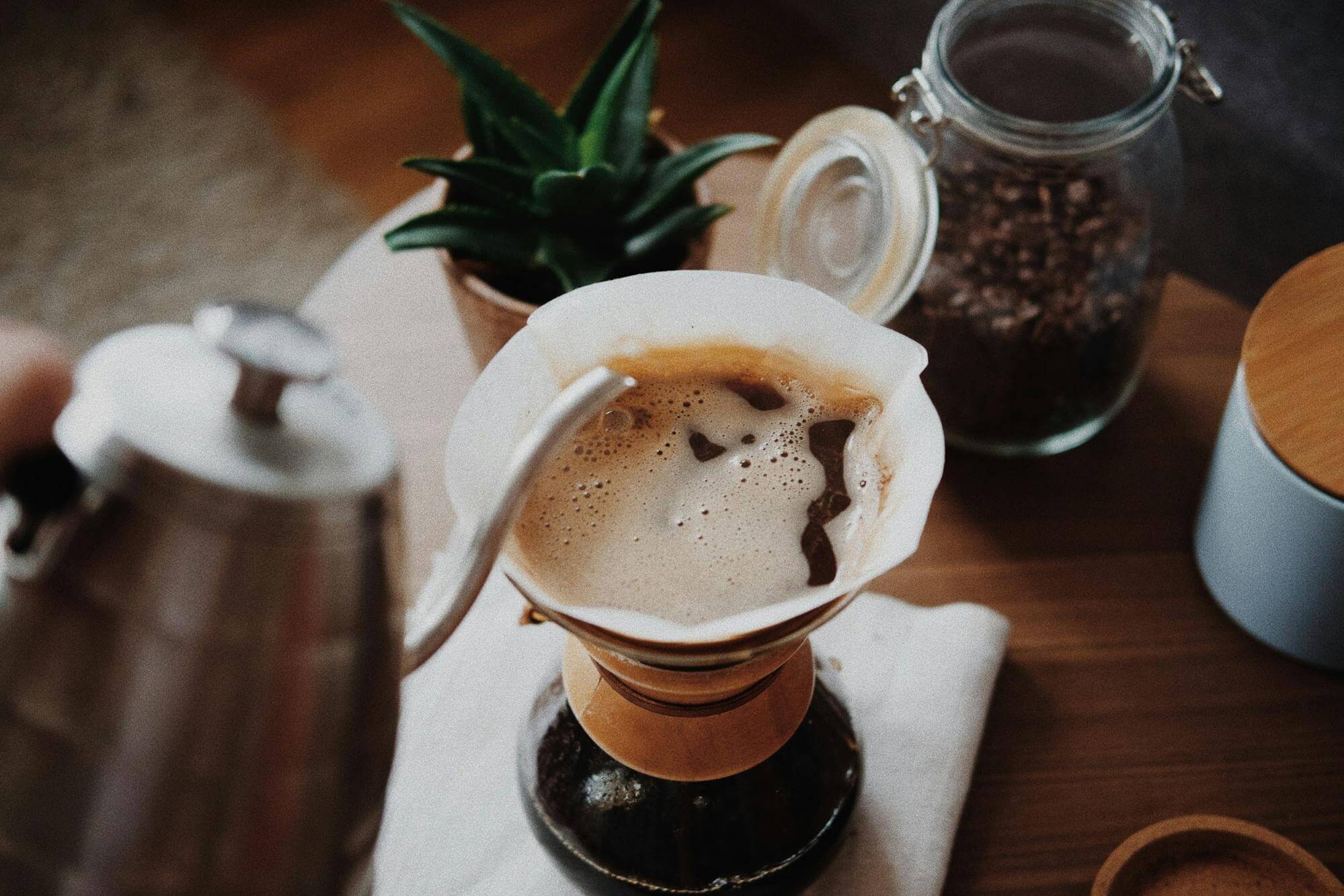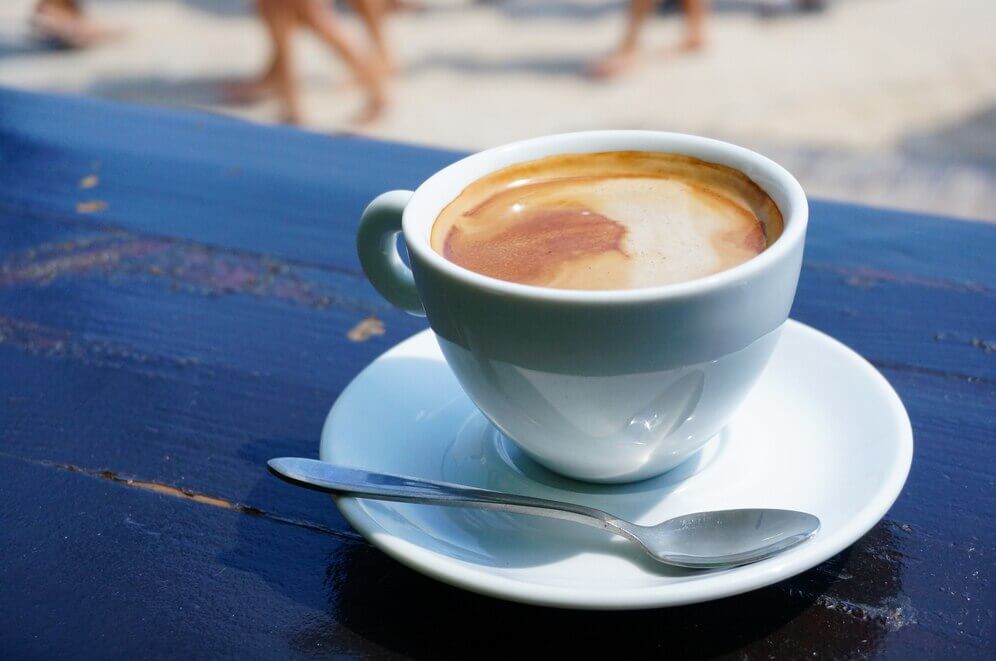Have you ever wondered why your beloved morning brew is affectionately called a "cup of Joe"? This quirky nickname has puzzled and intrigued coffee drinkers for generations.
Join us on a flavorful journey as we explore this endearing term's origins, a few theories, and cultural evolution. Whether you're sipping a latte or savoring a strong instant coffee, let's dive into the rich history behind why a “cup of Joe” refers to coffee.
How Did the Term "Joe" Become Associated with Coffee?
The association of the term "Joe" with regular coffee is a fascinating journey through history, language, and culture. While the exact origin remains a mystery, several compelling theories offer insights into how this beloved beverage earned its nickname.
One theory suggests that "Joe" is a linguistic simplification. In the early 20th century, coffee was often referred to as "jamoke," a blend of the words "java" and "mocha," two popular types of coffee beans. Over time, "jamoke" may have been shortened to "Joe," making it easier to say and remember. This linguistic evolution reflects a common trend in language where complex terms are simplified for everyday use.
Another perspective considers the cultural context of the time. Coffee was a common man's drink, enjoyed by the everyday person across the country. Thus, a cup of Joe could have emerged as a colloquial way to refer to coffee in a way that was more ubiquitous and approachable.
Additionally, the rise of coffee consumption in the United States during the early 1900s coincided with significant social and economic changes. As coffee became more accessible and affordable, it was no longer a luxury but a daily necessity for many.
This democratization of coffee might have contributed to its association with a name as ordinary and relatable as an average "Joe."
These elements combined to create a perfect storm, allowing "Joe" to become synonymous with coffee. While the exact path remains speculative, the blend of linguistic, cultural, and economic factors paints a vivid picture of how this term became ingrained in our coffee lexicon.
For coffee drinkers today, understanding this rich history adds another layer of appreciation to every steaming cup of Joe.
Coffee Once Banned? Coffee was banned in 16th-century Mecca for its stimulating effects—it was thought to encourage rebellious thinking! |
Is There a Connection to a Historical Figure Named Joe?
The quest to uncover the origins of "Cup of Joe" often leads to intriguing historical figures who might have left their mark on the world of coffee. While no definitive evidence ties a specific individual named Joe to the term, several fascinating possibilities have emerged, each adding a unique flavor to the story.
Josephus Daniels
Although more commonly associated with the U.S. Navy, Josephus Daniels was a prominent figure whose influence extended beyond naval policies. As Secretary of the Navy, Daniels banned alcohol on navy ships, increasing coffee consumption among sailors. While this connection is more indirect, his impact on coffee culture is undeniable.
Joe Martinson
Another potential candidate is Joe Martinson, founder of Martinson Coffee. Known for his high-quality brews in the early 20th century, Martinson's coffee (which was sometimes referred to as “Joe’s coffee” or a “cup of joe”) was a staple in many American households. His prominence in the coffee industry when the term gained popularity makes him a noteworthy figure.
Joe DiMaggio
While primarily known for his baseball prowess, Joe DiMaggio's association with coffee comes from his role as a spokesperson for Mr. Coffee in the 1970s. Although this connection is more modern and commercial, it underscores the enduring appeal of coffee and its ability to transcend different aspects of popular culture.
These historical figures, each with their unique contributions, illustrate the rich tapestry of stories surrounding the beloved "cup of Joe." While no single individual can claim credit for the term, exploring these connections offers coffee enthusiasts a deeper appreciation for the beverage's storied past.
Whether through naval reforms, entrepreneurial spirit, or cultural influence, the legacy of these Joes continues to brew intrigue and curiosity among coffee lovers worldwide.
How is the Term Used in Modern Language?
In today's vibrant coffee culture, "cup of Joe" has become a beloved staple, evoking a sense of warmth and familiarity among coffee enthusiasts. This phrase is often used to describe a simple, no-frills cup of coffee, appreciated for its straightforward and comforting nature.
It is a term that transcends the complexities of modern coffee jargon, offering a nod to the classic, unpretentious brew that many cherish.
Contexts of Use
- Everyday Conversations: "Cup of Joe" is frequently used in casual dialogue, often as a friendly invitation or a way to start the day. For example, one might say, "Let's grab a cup of Joe before work," highlighting its role as a social connector.
- Cafés and Menus: Many coffee shops embrace the term on their menus, using it to denote their standard or house coffee. This not only appeals to traditionalists but also adds a touch of nostalgia to the coffee experience.
- Literature and Media: The phrase often appears in books, films, and television shows, symbolizing a moment of pause or reflection. It serves as a cultural touchstone, representing the universal appeal of coffee as a comforting ritual.
The enduring popularity of "cup of Joe" in modern language underscores its cultural significance. It represents more than just a beverage; it embodies a shared experience and a moment of connection. Whether enjoyed in solitude or with friends, a "cup of Joe" is a reminder of the simple pleasures in life, celebrated by coffee lovers around the world.
Enhance Your Joe: Adding a pinch of salt to your coffee can help reduce bitterness and enhance natural flavors. |
What Are Other Common Nicknames for Coffee?
Coffee, a beloved beverage worldwide, is known by a plethora of nicknames that reflect its rich history and cultural significance. While "cup of Joe" is a popular term in the United States, other nicknames offer a glimpse into the diverse ways people connect with their daily brew.
Here, we explore how these nicknames compare to "cup of Joe" in terms of origin, usage, and cultural resonance.
Java
This nickname traces its roots to the Indonesian island of Java, a major coffee producer since the 17th century. Unlike "cup of Joe," which is primarily an American term, "java" has a more global reach and is often used to evoke the exotic origins of coffee.
Mocha
Originating from the Yemeni port city of Mocha, this term is often associated with a specific type of coffee bean known for its chocolatey flavor. While "cup of Joe" is a general term for any coffee, "mocha" can refer to both a type of coffee and a popular coffee-chocolate beverage.
Brew
A straightforward nickname, "brew," emphasizes making coffee. It is a versatile term that can apply to any method of coffee preparation, from drip to espresso. In contrast, "cup of Joe" is more about the end product—a comforting cup of coffee.
Cuppa
Commonly used in British English, "cuppa" is a shortened form of "cup of," often referring to tea but also applicable to coffee. This term highlights the casual, everyday nature of enjoying a hot beverage, similar to the informal connotation of "cup of Joe."
Mud
A more colloquial term, "mud," humorously refers to coffee's dark, earthy appearance. While "cup of Joe" is endearing and approachable, "mud" adds a playful, rugged twist to the coffee lexicon.
These nicknames, each with a unique flair, enrich the language of coffee enthusiasts. They offer a tapestry of cultural and historical connections, inviting coffee lovers to explore the world through their morning rituals.
Whether you prefer a "cup of Joe" or a "java," each term carries its own story, adding depth to the simple act of enjoying a cup of coffee.
Are There Regional Variations in Coffee Nicknames?
Coffee, a beloved beverage worldwide, is known by various nicknames that reflect the rich tapestry of cultures and traditions across different regions. These regional variations highlight the diverse ways in which coffee is enjoyed and offer a glimpse into the local customs and linguistic creativity.
Italy
In Italy, coffee enthusiasts might refer to their espresso as "caffè," a term as integral to Italian culture as the drink itself. The word "caffè" is often accompanied by specific descriptors like "ristretto" or "lungo," indicating the strength and volume of the espresso shot.
Sweden
In Sweden, coffee is affectionately called "kaffi," it plays a central role in the cultural practice of "fika”, a cherished coffee break that emphasizes relaxation and socializing. This tradition underscores the importance of coffee as a social lubricant and a moment of respite in daily life.
Australia
In Australia, the term "flat white" has gained prominence, referring to a coffee drink that features a velvety microfoam and a strong espresso base. This term has become a staple in Australian coffee culture and has made its way into global coffee lexicons, showcasing the country's influence on modern coffee trends.
These regional nicknames enrich the global coffee vocabulary and invite coffee enthusiasts to explore the unique flavors and traditions that each culture brings to the table. Whether you're sipping a "caffè" in a bustling Roman café or enjoying a "flat white" in a cozy Melbourne coffee shop, these terms offer a delightful journey through the world of coffee.
Savoring the Mystery of Joe
In the end, the mystery of why coffee is called "Joe" is as rich and layered as the brew itself. Whether tied to naval history, a clever marketing twist, or a linguistic quirk, the term has become a beloved part of coffee culture.
So next time you sip your morning cup of Joe, savor the flavor and the intriguing history behind its name. Cheers to the stories that make our daily rituals a little more flavorful!
